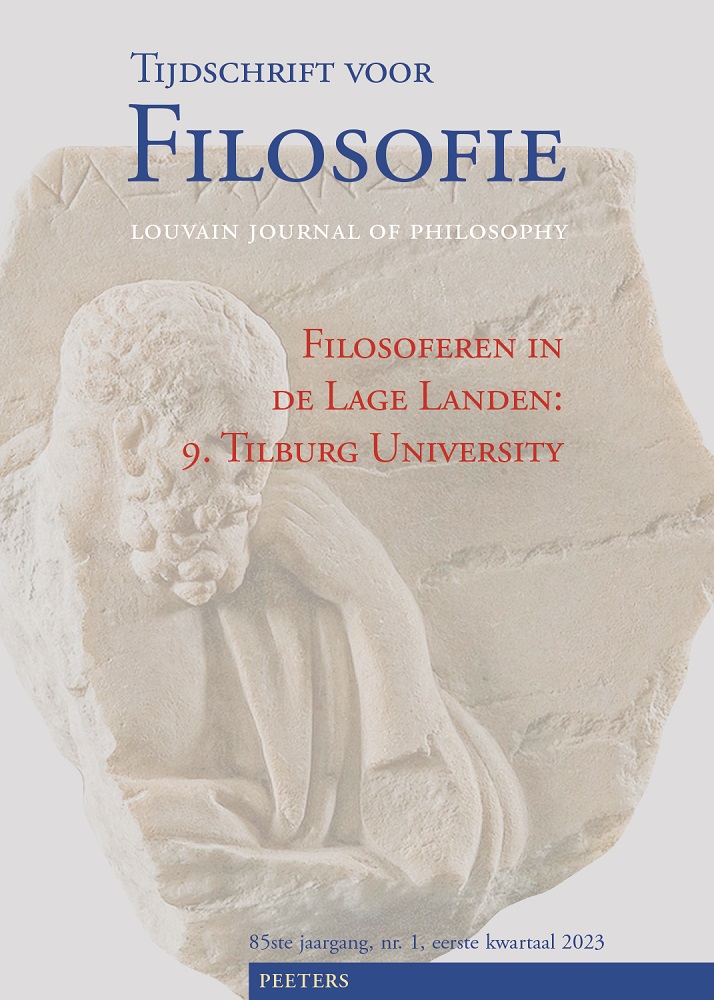 previous article in this issue previous article in this issue | next article in this issue  |

Preview first page |
Document Details : Title: Open vormen Subtitle: De stijlbreuk in de kunst Author(s): VISSER, Gerard Journal: Tijdschrift voor Filosofie Volume: 73 Issue: 4 Date: 2011 Pages: 647-675 DOI: 10.2143/TVF.73.4.2144959 Abstract : Central to our concept of style is that of form. This last one goes back to Aristotle’s teleological concept of form, which in modern thought, because of the primacy of the efficient cause, has taken a functionalistic shape. The artist wishes to make something and seeks a functional form for the idea that he has. The prevailing concept of style in the study of art amounts to a totality of effective functions. But does this concept, which in Aristotle is primarily exemplified by the manufacturing of a tool or an article of use, do justice to the work of art? The revolution that took place in the transition from traditional to modern art was not purely a stylistic break between streams of art, but a break in the transmitted concept of style itself. In this article, this break is studied from the example of the work of Claude Monet. A study of Monet’s path teaches how the revolution in art has to be understood as a transition from closed to open forms and from the concept of style as a willed effectiveness into that of a resigned receptiveness. |
|


